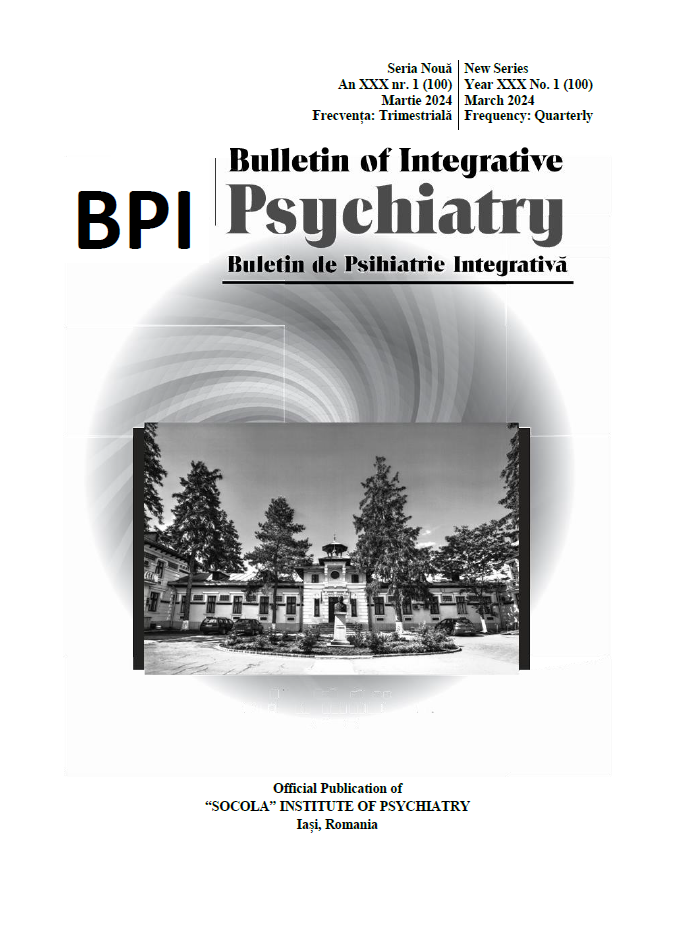Cervical spine injuries and their psychosocial impact on Iași population
Cervical spine injuries and their psychosocial impact on Iași population
Author(s): Oana Mihalache, Cătălin JoacăbineSubject(s): Essay|Book Review |Scientific Life
Published by: Editura Sedcom Libris Iasi
Keywords: Vertebral trauma; paralytic syndrome; falls; depression.
Summary/Abstract: Background Fractures of the cervical spine represent approximately 1-3% of all post-traumatic cases and approximately two-thirds of all spinal injuries. Post-traumatic spinal damage can cause paralysis and paralytic syndromes. An increased number of patients with plegia and paralytic syndromes develop psychiatric disorders every year. Objectives The purpose of this study consists in monitoring and correlating post-traumatic cases with injuries to the cervical spine addressed to ”N. Oblu” Clinical Emergency Hospital with the cases of patients with paralytic syndromes from the same period, addressed to ”Socola” Institute of Psychiatry. Methods The study sought to establish the frequency of cervical spine injuries, their epidemiology, particularities and locations depending on their mechanism of production, during 14 months period, between January 1, 2019 and February 29, 2020, within the ”N. Oblu” ClinicalEmergency Hospital, Iași and also the frequency, epidemiology and psychiatric diagnoses of patients with paralytic syndromes who addressed to the Institute of Psychiatry "Socola", Iași in the same period of time. Results Cervical spine traumas were more common in males, both adults and elderly, with an average age of 60.42 years, in the period between April and September, predominantly through falls involving the C2 vertebra. Some of these patients also had associated posttraumatic lesions at other sites and about one in five had spinal cord lesions. Within the Institute of Psychiatry, a high number of patients with paralytic syndromes were admitted to the hospital, some with several referrals in the same year, the average age being 61 years. Approximately 40% were referred for depression and, others being addressed for dementias, psychoses and anxiety. Conclusions The main cause of trauma is falls, more frequent in elderly and male patients. Cervical spine injuries can significantly influence the quality of life for the patient and his family, causing paralysis and paralytic syndromes, but also having a major impact from a psycho-social point of view.
Journal: Buletin de Psihiatrie Integrativa
- Issue Year: 100/2024
- Issue No: 1
- Page Range: 99-112
- Page Count: 14
- Language: English

